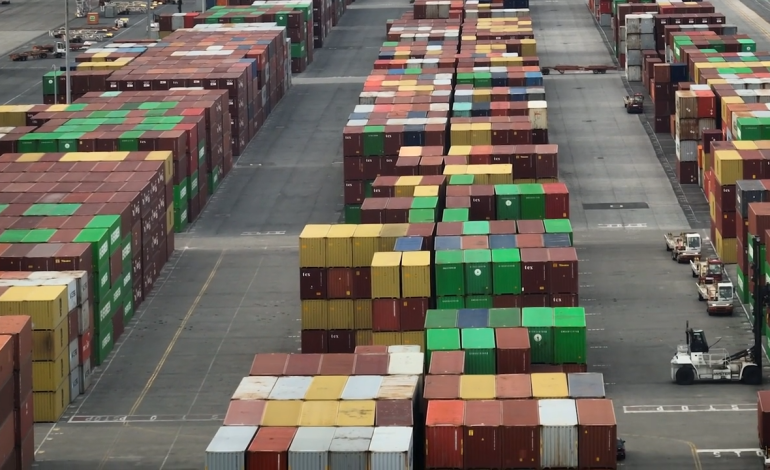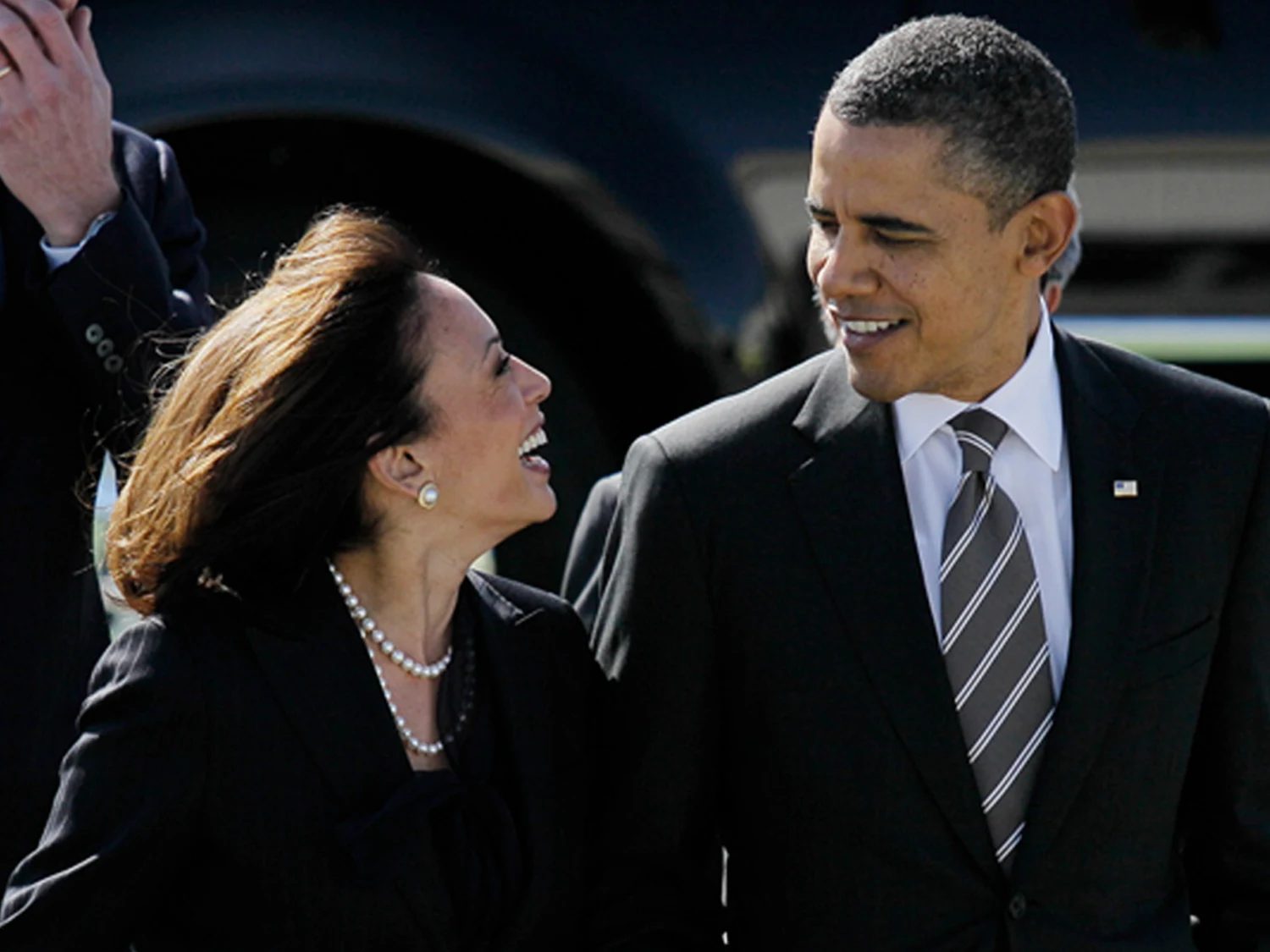President Donald Trump’s highly anticipated tariff announcement on Wednesday has left businesses and economists grappling with even more uncertainty, as concerns grow over the long-term impact on the global economy.
Rather than providing the clarity many had hoped for, the latest trade measures have fueled fears that economic instability could persist for years. Analysts warn that shifting trade policies, potential retaliatory measures, and unpredictable decision-making could make long-term business planning increasingly difficult.
During an afternoon Rose Garden event, Trump outlined tariffs that could reach 20% on nearly all imports, according to reports. With previously announced tariffs already in place on foreign-made cars and goods from Canada and Mexico, the new measures could push the US tariff rate to nearly 33%—its highest level since 1872, according to Yale’s Budget Lab.
Economists expect swift retaliation from major US trading partners, further complicating the global economic outlook. While Trump has positioned tariffs as a tool to boost domestic manufacturing, business leaders worry about rising costs and market disruptions.
The manufacturing sector, in particular, faces mounting uncertainty about how long the reciprocal tariffs will last and how they might evolve. Business owners like Randy Carr, CEO of Florida-based World Emblem, say the unpredictability makes long-term investments risky.
“If you move manufacturing back to the US and then free trade opens up again, you’re going to get crushed,” Carr said.
Conflicting messages from the White House further cloud the situation. Trump and his advisers have presented tariffs as:
A revenue source to offset tax cuts
A bargaining chip in trade negotiations
A strategy to incentivize domestic manufacturing
With no clear endgame in sight, many businesses remain cautious about making significant investment decisions.
Financial markets have already felt the effects of trade uncertainty. The stock market has seen volatility, while analysts at Goldman Sachs have raised their inflation forecasts and lowered their economic growth projections. They now estimate a 35% chance of a US recession within the next year—up from 20%—citing declining consumer and business confidence.
Economists warn that tariffs could drive up costs for manufacturers, which may be passed on to consumers. While some companies, such as Walmart, are pressuring suppliers to absorb the costs, others—particularly in the retail and automotive industries—may have no choice but to raise prices.
Trump administration officials argue that tariffs will ultimately lead to a stronger domestic manufacturing base. However, studies, including one from the Federal Reserve, suggest that while tariffs may create some manufacturing jobs, they could also lead to job losses in other sectors due to rising costs.
Building manufacturing capacity in the US remains a challenge, as higher labor and production costs could make certain industries, such as apparel and electronics, less competitive. Additionally, tariffs on materials and equipment could make it more expensive to construct new factories.
Governments around the world are preparing countermeasures in response to the US tariffs. European officials have discussed trade restrictions targeting American companies, while China and Canada have already imposed retaliatory duties.
Despite growing concerns, Trump remains committed to his strategy, downplaying the impact of tariffs on consumers. “I couldn’t care less,” he said when asked about potential price increases on foreign-made cars, arguing that higher prices would push consumers toward American-made products.
Axios, CNBC, and the New York Times contributed to this report.










The latest news in your social feeds
Subscribe to our social media platforms to stay tuned